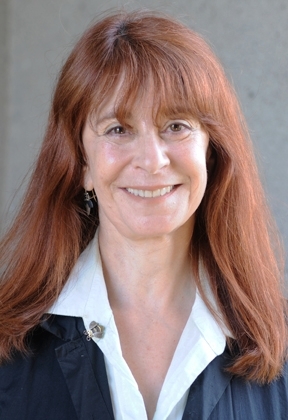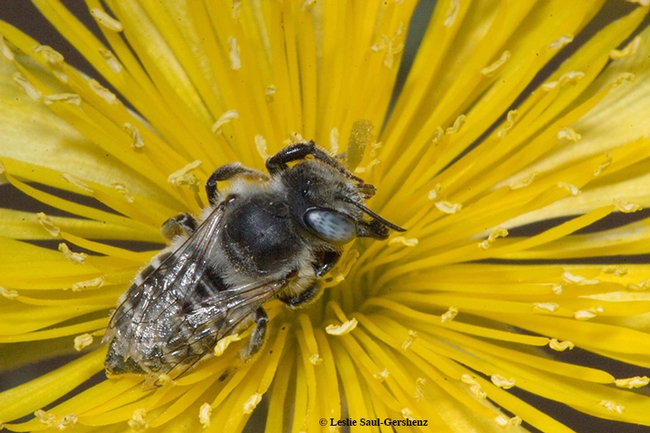
That includes pollinator habitat.
In their paper, “Techno-Ecological Synergies of Solar Energy for Global Sustainability,” published today (July 9), the researchers propose a “techno–ecological synergy (TES), a framework for engineering mutually beneficial relationships between technological and ecological systems, as an approach to augment the sustainability of solar energy across a diverse suite of recipient environments, including land, food, water, and built-up systems.”
They provided “a conceptual model and framework to describe 16 TES of solar energy and characterize 20 potential techno–ecological synergistic outcomes of their use.”
The paper offers what is considered the most complete list yet of the advantages of solar energy. "The study also marks the launch of a partnership between the Center for Biological Diversity and UC Davis to advance a Wild Energy future, which emphasizes the potential of solar energy systems to benefit not only humans, but the entire planet," according to a UC Davis news release.
Despite solar energy's growing penetration in the global marketplace, “rarely discussed is an expansion of solar energy engineering principles beyond process and enterprise to account for both economic and ecological systems, including ecosystem goods and services,” wrote lead author Rebecca Hernandez of the UC Davis Department of Land, Air and Water Resources and the Wild Energy Initiative of the John Muir Institute of the Environment, UC Davis. She considers the first step in creating a wild-energy future is "understanding the true value of solar."
The researchers defined TES “as a systems-based approach to sustainable development emphasizing synergistic outcomes across technological and ecological boundaries…solar energy combined with TES may prove a promising solution for avoiding unintended consequences of a rapid renewable energy transition on nature by mitigating global change-type problems.”
Co-author and entomologist Leslie Saul-Gershenz, associate director of research for the Wild Energy Initiative, John Muir Institute of the Environment, said it is imperative to protect our ecological system, which includes pollinators and their required resources. Among them: nest sites, and pollen and nectar resources.
“Native pollinators face global pressure from many sources of habitat alteration, pesticide use, invasive non-native plants, and climate change,” said Saul-Gershenz, who received her doctorate in entomology from UC Davis. “We are proposing land sparing priorities in undisturbed ecosystems, such as arid lands in the Mojave and Sonoran deserts, which sustain some of the highest native pollinator species diversity in the United States. We add the valuation of these pollinators as essential resources into the calculation when selecting sites to deliver renewable energy goals to achieve true tech-ecological synergy and global sustainability.”
Solar cells, called photovoltaic (PV) solar energy, convert sunlight directly into electricity. For example, in Minnesota and Vermont, land adjacent to croplands is developed with PV solar energy, the authors noted. The low-growing flowering plants for native and managed pollinators help increase agricultural yields, reduce management (that is, mowing) costs, and confer the opportunity to produce honey and other honey-based commodities.
The researchers concluded that “achieving a rapid transition from fossil fuels to renewable energy sources on planet Earth to support human activities, in a manner benign to Earth's life support systems, is arguably the grandest challenge facing civilization today. The consequences of climate and other types of global environmental change are a cautionary flag against the extrapolation of past energy decisions.”
Hernandez initiated the research and led the conceptual design and writing of the manuscript All authors contributed to further content development and drafting of the manuscript. The team also included researchers from UC Berkeley, UC Riverside and UC San Diego, as well as scientists from Lancaster University in the United Kingdom; U.S. Fish and Wildlife Services, Sacramento; Center for Biological Services, Tucson, Ariz.; Université de Thiès, Senegal; Centers for Pollinators in Energy, Fresh Energy, St. Paul, Minn.; National Renewable Energy Laboratory, Golden, Co.; and Renewable Energy and Environmental Finance Group, Wells Fargo, San Francisco.
Look for more research on solar energy!
"Solar energy is the fastest-growing source of power worldwide," according to the UC Davis news release. "In 2019, solar is expected to provide more than 30 percent of all new U.S. electric capacity. According to the International Energy Agency, solar energy could become the largest electricity source by 2050. Solar has many advantages beyond providing power, particularly when built to maximize social, technological and environmental benefits."
Attached Images:

Solar energy can be used to protect pollinator habitat, according to a research paper published July 9 in the journal Nature. This is Anthophora urbana, a ground-nesting solitary bee which has a broad distribution including the Mojave Desert. It is a floral generalist collecting pollen and nectar from many species of plants, says UC Davis entomologist Leslie Saul-Gershenz. (Photo by Leslie Saul-Gershenz)

Native bee Megachile sp. on Mentzelia flower in the Mojave Desert. (Photo by Leslie Saul-Gershenz)